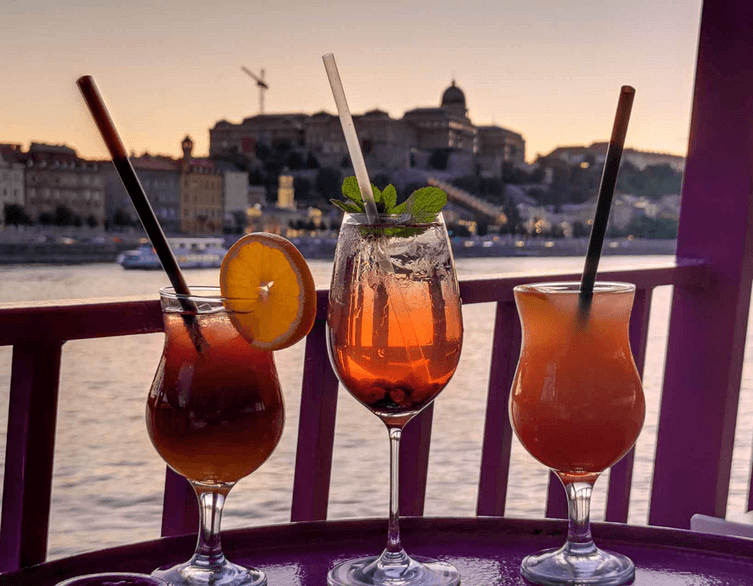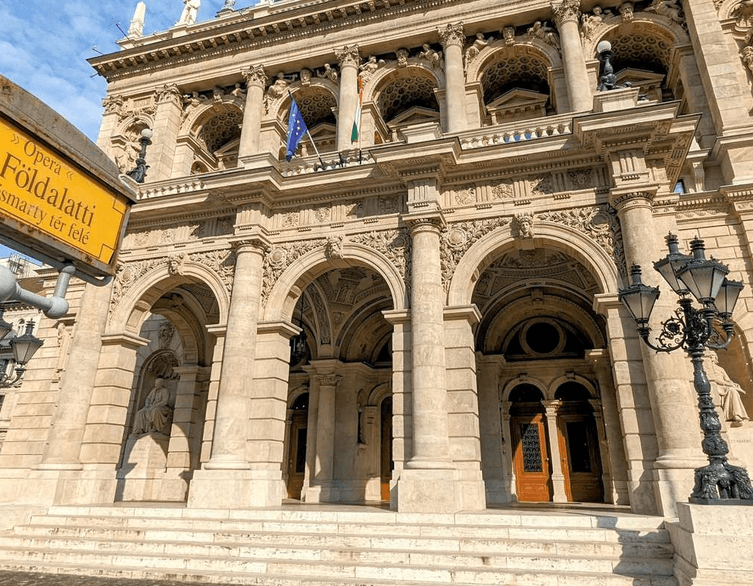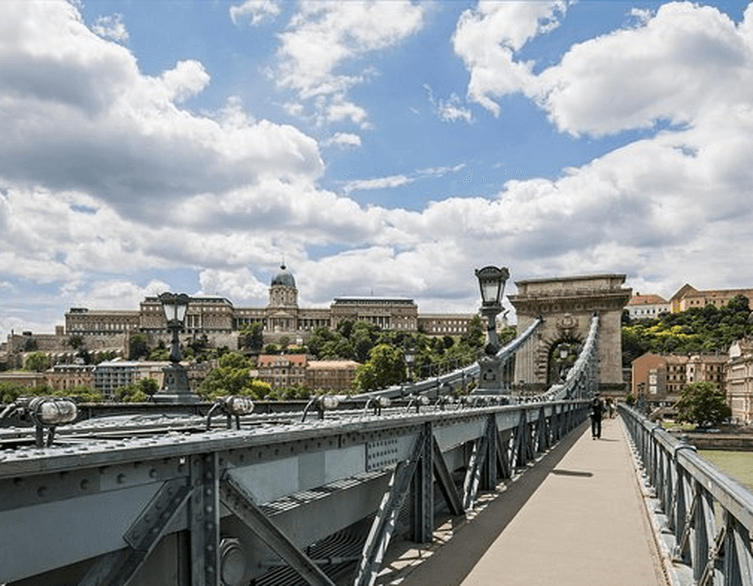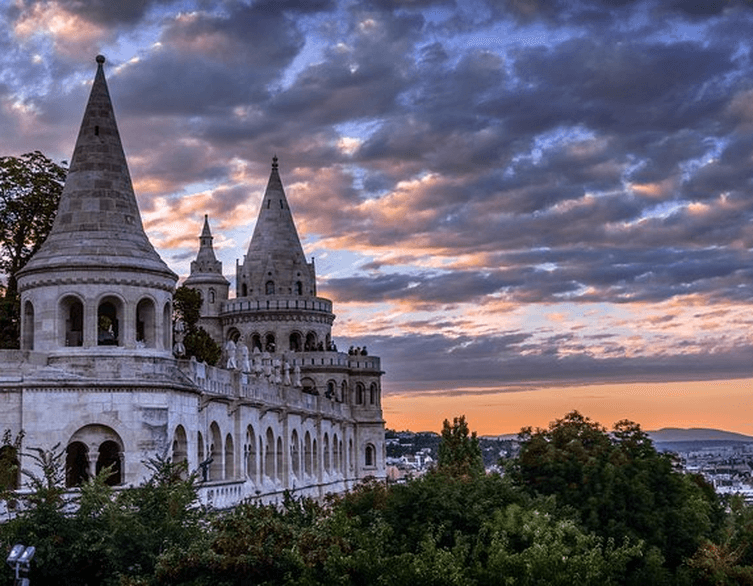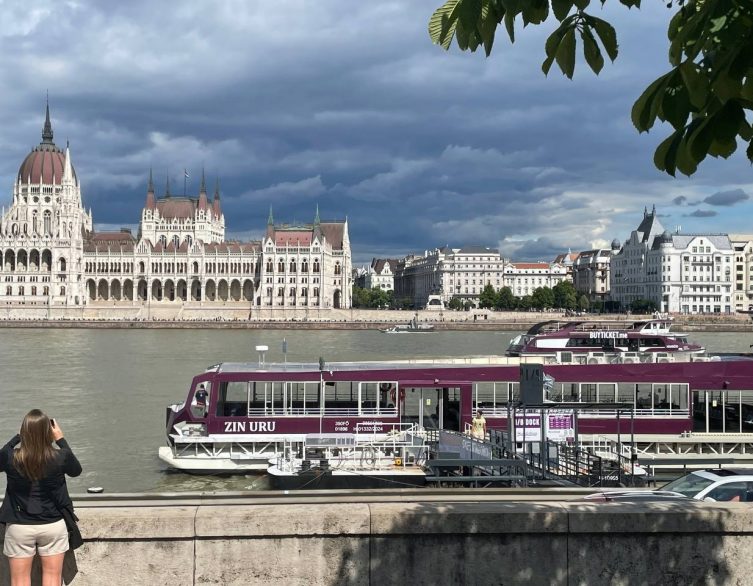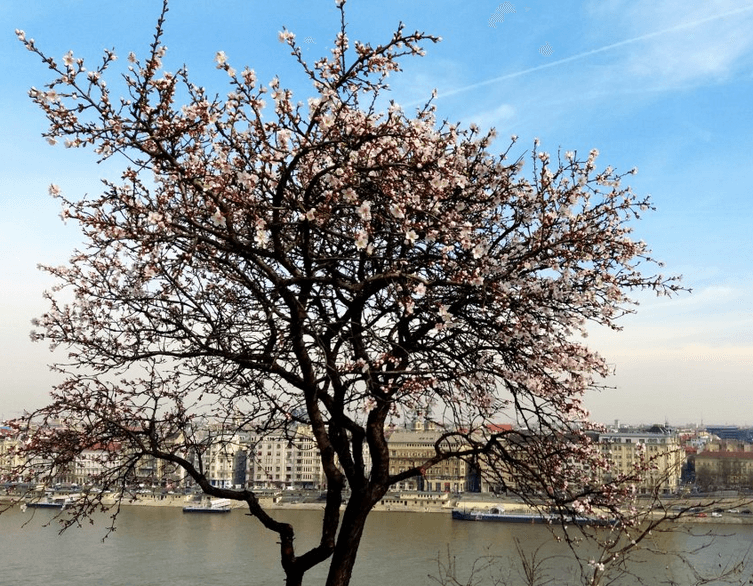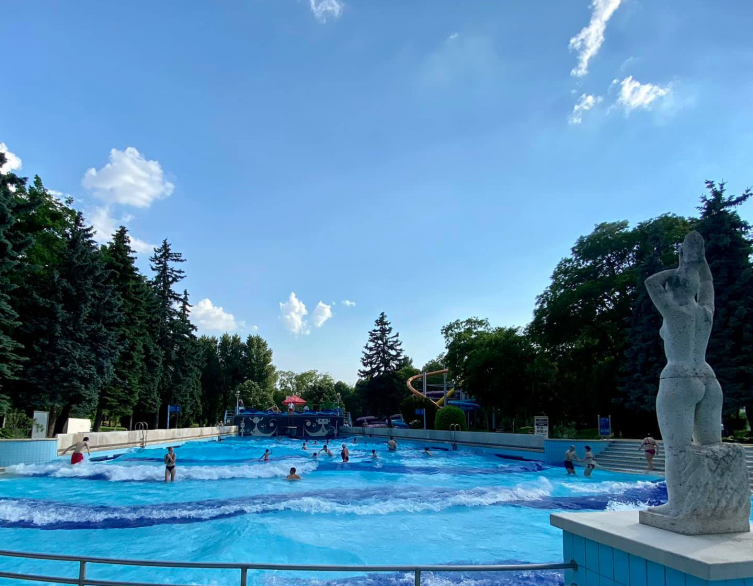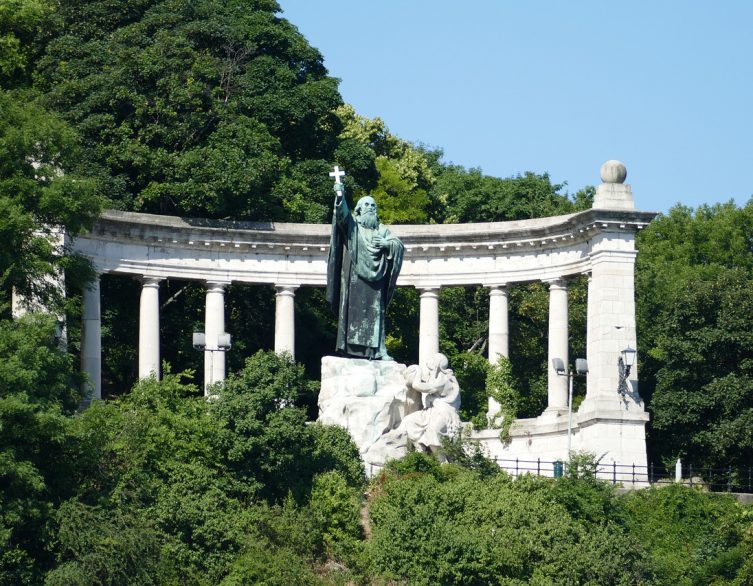The thermal waters of Hungary – Where the Turks bathed and paprika bloomed

Hungary is world-famous for its thermal waters and healing spas, but did you know that this fame goes way back to the 13th century?
The country had a very turbulent history from the beginning given that the current territory of Hungary has always been very rich in natural resources. Settlers came and were banished by other invaders keen to get their hands on the abundant natural resources of the Carpathian basin. Little did they know that the real treasure lay deeper below their feet: numerous thermal and healing water springs are scattered all over the country.
Many of the thermal springs have been discovered as early as the 13th century, and the residents usually build sick-houses or even hospitals later on to utilize the healing properties of the springs. Hot waters quickly became very popular bathing sites, while mineral waters were widely consumed as medical remedies. Budapest still has several drinking fountains that offer a great variety of mineral waters that have been proven to help with several medical issues. One of the drinking halls is located near Elizabeth Bridge on the Buda side of the city.
Even though the early settlers were already fond of bathing in the soothing waters, the real era of spas began with the invasion by the Ottoman. During the 16th century the Turks invading the country found that beside agricultural riches, Hungary offered a great abundance of thermal springs as well. The Turks, who were well-known for their rich religion-rooted bathing culture, did not hesitate to make themselves at home and built several spas. The majority of the original Turkish buildings were damaged beyond repair or completely reconstructed, however, some of them are still in use today. Budapest is fortunate to hold several of these original spas restored to their old beauty: Rudas Bath, Király Bath, Veli Bej Bath, and Rác Bath.
The Turkish bath behind the Art Nouveau walls
But history had something different stored for the spa we all know and cherish today as the Gellért Spa. Built over one of the first thermal springs discovered by the Turkish and named Aga Bath (Aga being the name of an important military position in the Ottoman army) it became the meeting point for military leaders wanting to rest and to recover from their battle wounds. The mud accumulated in the pools were known to have healing properties that were especially appreciated by elder officials. Even though the original bath has been lost to the centuries, the thermal springs that once cleansed the Ottoman potenates are still utilized and, lucky for us, they are available to all visitors today.
Best deals of Budapest
The construction of the Gellért Spa as we know it today started in 1912 and the establishment first opened its gates to the public in 1918. The magnificent Art Nouveau style building is a marvel itself, offering worthy housing to a great variety of thermal springs raging in temperature from 35 °C to 40 °C (95 to 104°F). The halls and pools of the spa offer an exceptional experience to its visitors as they relax among the exquisitely decorated walls. The interior of the Gellért Spa is covered in Zsolnay porcelain tiles and the common spaces are scattered with statues, stained-glass windows and mosaics. The visitors might get the feeling that they are indeed relaxing in an ornamental museum filled with masterpieces from the belle-époque era.
Luxurious health and spoiling treatments for the rich – the birth of the first grand hotel in Hungary
No wonder that Gellért Spa has always been a synonym for luxury and wellness. With rich travelers flooding the spa it was evident that they needed a resort nearby that was suitable to accommodate their every whim and wish. The construction of the Gellért Hotel started at the same time as the spa’s, and the two were designed as one grand complex with direct access to the baths for the illustrious guests. The hotel was also built in an Art Nouveau style with every room and community halls emitting pure luxury. The hotel and the spa that both suffered great damages during the World Wars have been a favorite meeting spot for royalties, the richest entrepreneurs and the greatest stars of each era.
What do paprika and the Turks have in common?
But what does thermal water have to do with paprika one might ask. Well as it has been said by Hungarians if you dig a hole deep enough anywhere in the country you are destined to find one of the following: water or oil. Oil, called petroleum in the olden days, was used mainly for lighting, but later on with the industrial revolution and the newly invented internal combustion engines, oil was added as yet another natural resource of the country. Even despite its value, farmers all around the country preferred finding thermal water on their lands. But what use do farmers have for thermal water? Starting from the 1960’s heated foil tents became widespread among the farmers growing goods that were sensitive to cold like tobacco, tomatoes, and paprika. Paprika producers all over the country erected tents expanding the yearly productivity of their lands by creating artificial spring and summer with the heat of the thermal wells. These hot-houses enabled farmers to double or even triple the amount of paprika they could produce during each season, thus helping the flavorful spice to be exported in greater bulk.
Treasures below and above ground
Thermal waters continue to be the liquid gold of Hungary with spas scattered all over the country waiting for locals and travelers seeking remedies for their aches and soothing experiences for their senses. Meanwhile, the treasure beneath the surface continues to provide an abundance of the red gold, paprika, to gourmets around the world looking for a unique flavor.
Related news
Related attractions



